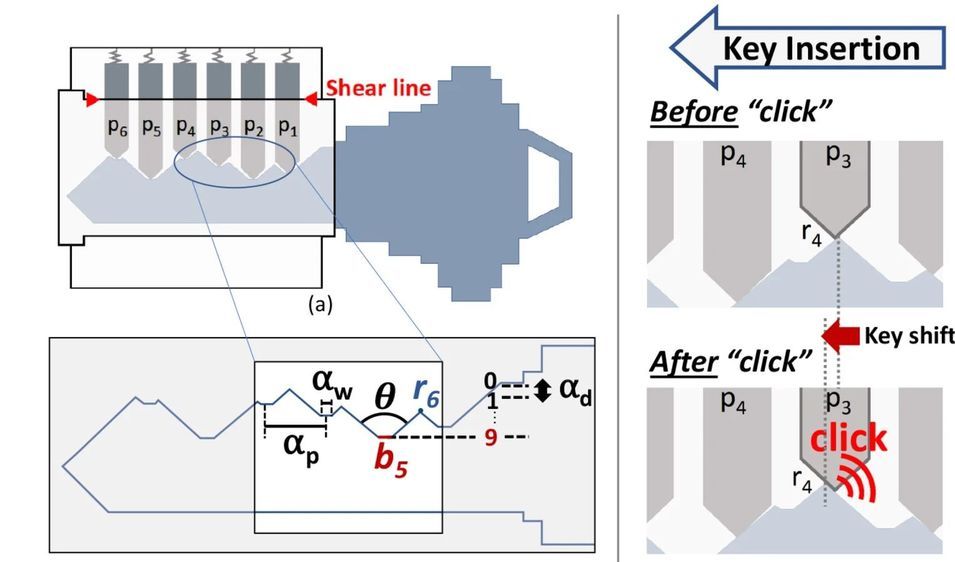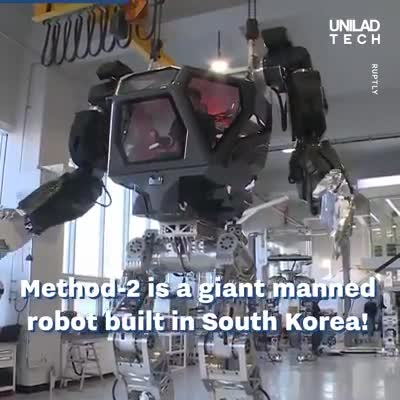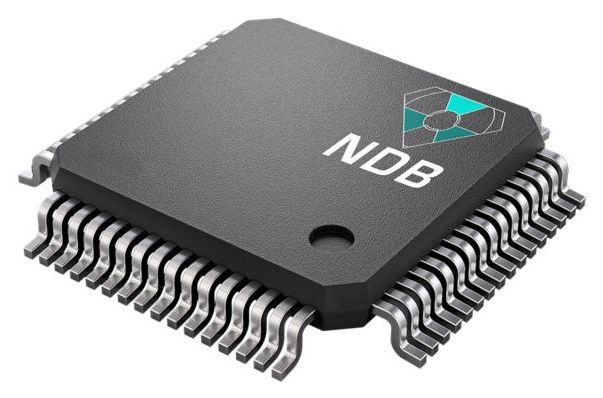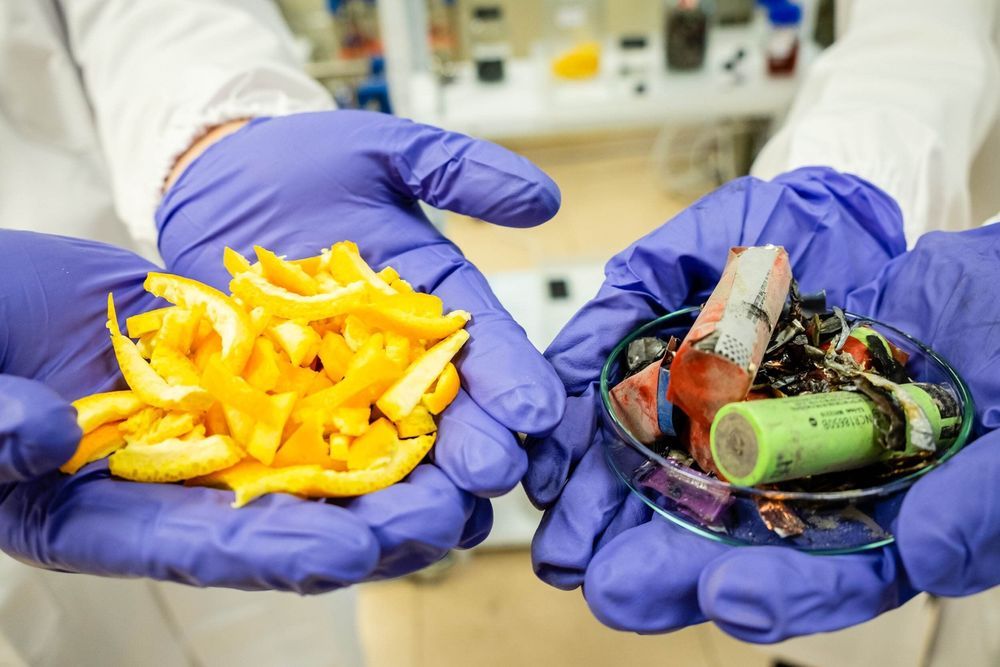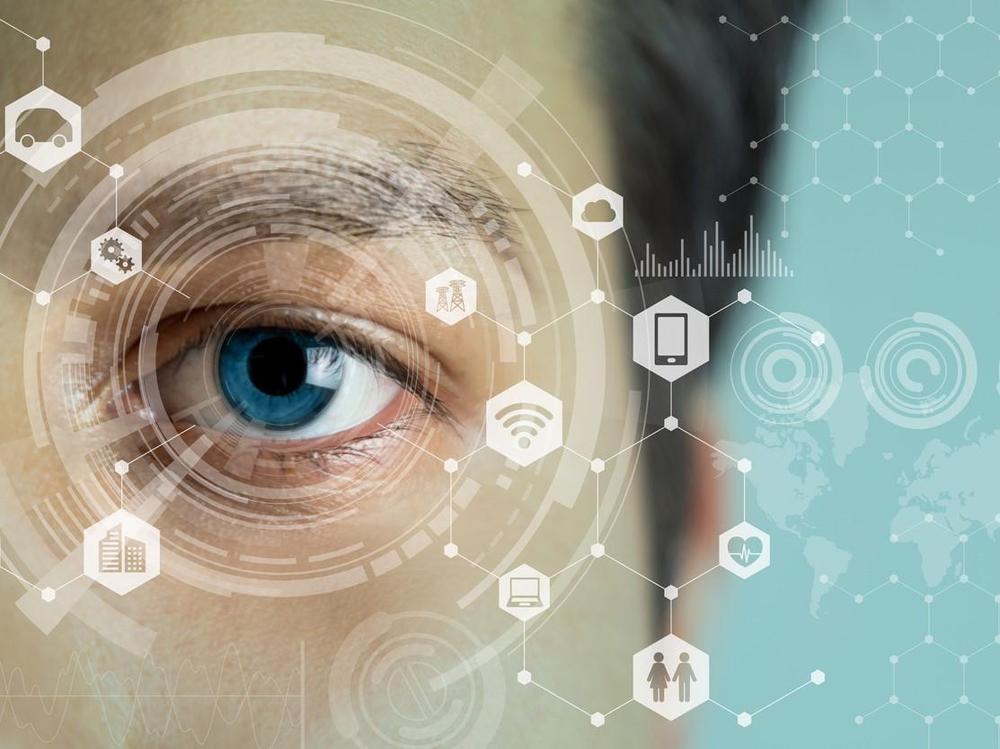Aug 26, 2020
FDA Approves Cometriq to Treat Rare Type of Thyroid Cancer
Posted by Quinn Sena in categories: biotech/medical, futurism
This is an essay written at the end of the first year of an oncology fellowship that was filled with ward months seeing leukemia, lymphoma, solid malignancies, and multiple hematologic abnormalities. In the future, I may look back at this essay and see myself as naïve, truly optimistic, and not yet weathered and jaded from years of success and failure. What I have learned can be summarized here, as many of us do while looking at consults or book s, by skipping to the end. Remember: don’t quit! There are good days and bad days for us, but no matter how high the high or low the low, the patient is the one with the disease. Screen and enroll patients in clinical trials, as research brought us the treatment choices we have today. Dr Michael Craig, one of my mentors in fellowship, left a note near the fellows’ microscope. I have stared at acute leukemia through those eyepieces, and made therapeutic decisions and diagnoses that changed people’s lives. The note encompasses what we do, what we represent as oncologists. It reads: “Cancer sucks. What can you do? Call me with questions.”
Richard Pazdur, MD
The US Food and Drug Administration today approved Cometriq (cabozantinib) to treat medullary thyroid cancer that has spread to other parts of the body (metastasized).

